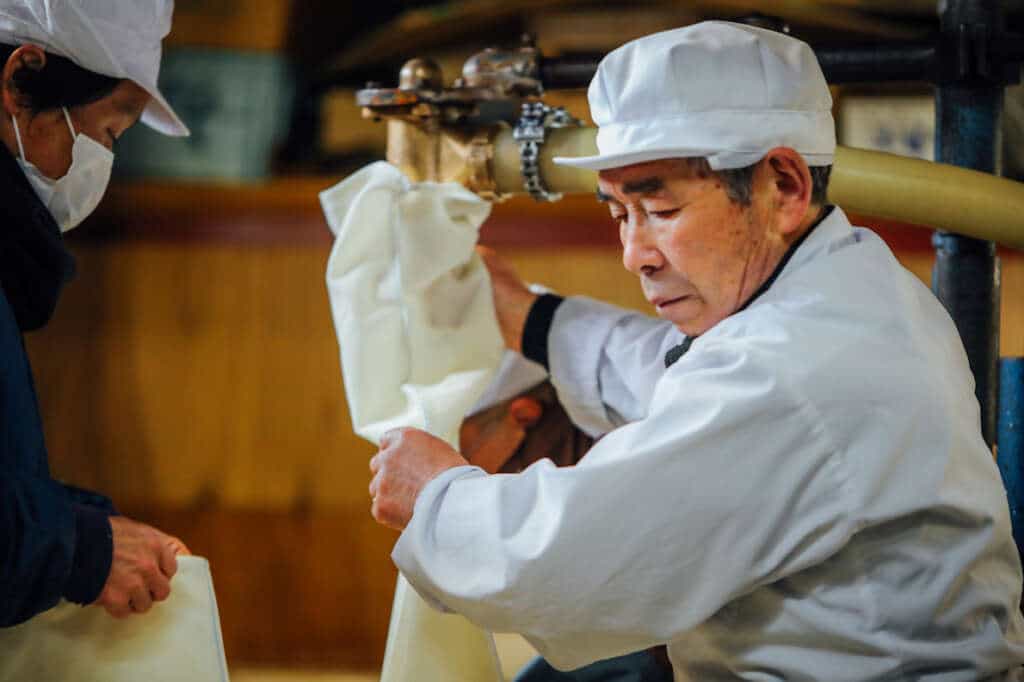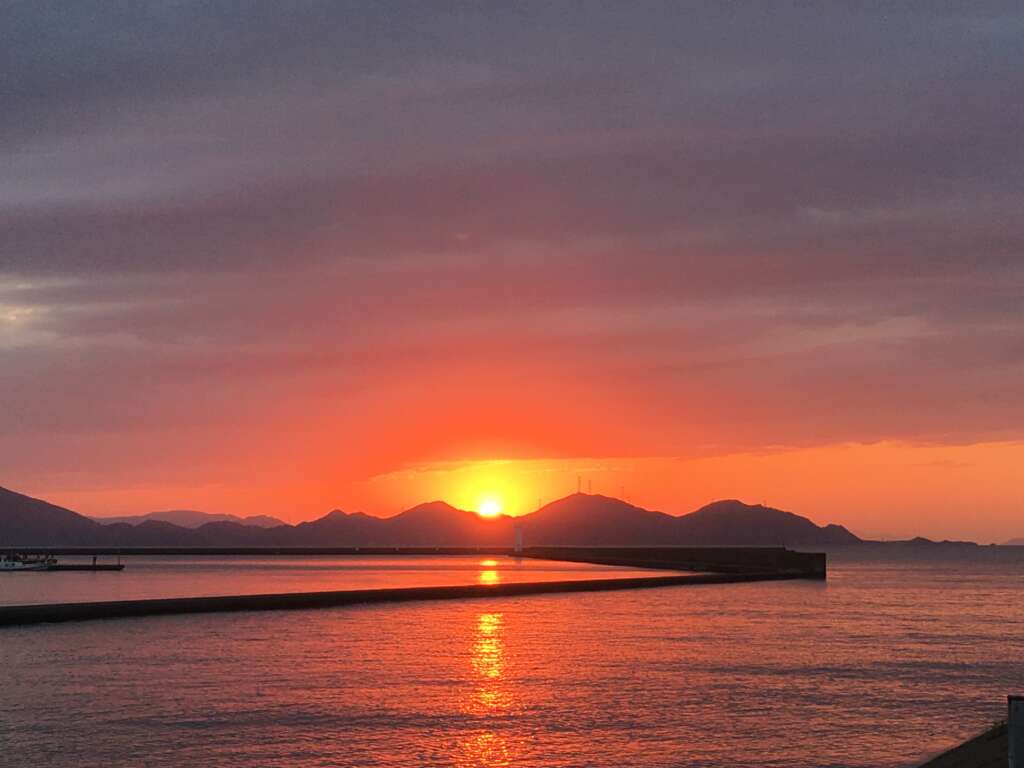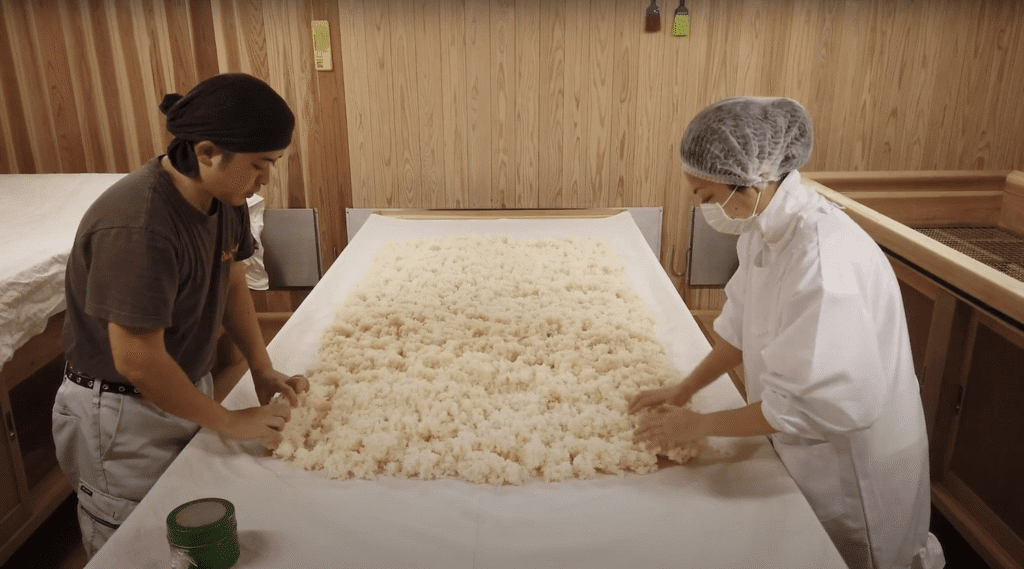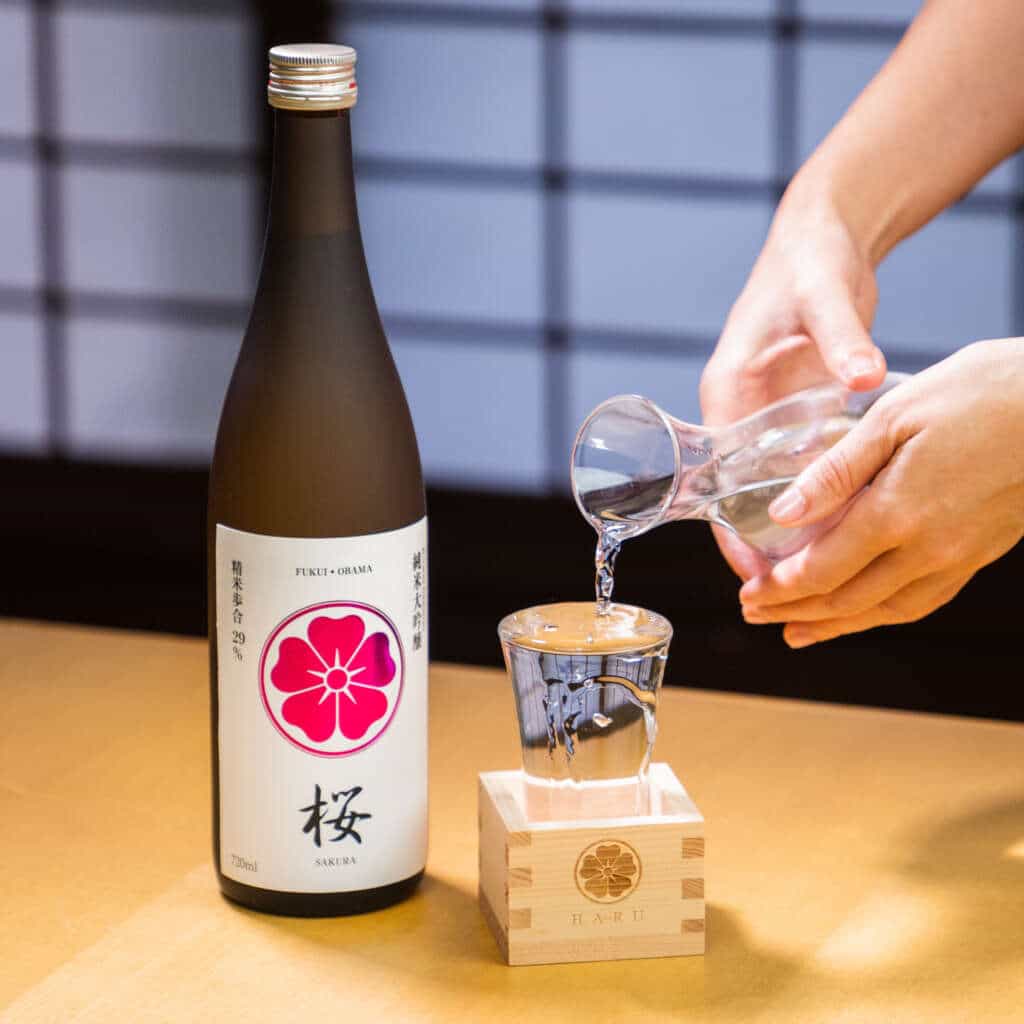
Booming Sake, Fading Breweries – Why We Began Haru
Just starting a month ago I was roped into a new company called Haru where I am now the COO. The concept isn’t hard to understand – bring the best sake into Singapore for consumers.
To be very honest though, we aren’t the first to do this. In actual fact there were more sake importers back 10 years ago than there are in Singapore now.
We however, started Haru because in very short terms, the worldwide sake boom and very inflated prices we are seeing throughout the world isn’t trickling down to the breweries. Despite middlemen and end-point retail and F&B places getting fat margins (including sometimes even margins of near 200%), the Japan tax agency reports that one third of sake breweries are making a loss. Same source reports that from 2011 to 2015, one hundred have closed shop with our own statistics showing that one in five has closed their doors in the past 10 years in Japan.

Haru is not the typical importer. In all honesty, we are a business and we need to profit. However, we would much rather profit with the breweries than profit off them. In the end, if breweries are squeezed to oblivion this will be a loss to consumers, to the localities they are in, to us as sake fans, and even to F&B outlets charging a 200% premium. I’ll explain a bit more below.
If what you see already interests you though, please do take a look at our Indiegogo campaign to fund a custom batch of sake or our catalogue on our main website.
Decline?
We have to start by talking about what is happening in Japan.
To be fair, sake isn’t going that well in Japan. Combining statistics from the government and here, we can see that the total amount of sake (nihonshu) produced in Japan has declined from around 590,000 kiloliters to around 520,000 kiloliters from 2010 to 2017. A declining population, an overall slight decrease in alcohol consumption per person etc. are all factors. Even then though, government statistics show that the consumption in the higher-tier (junmais and honjozo and above) is actually going through a rebound. (Side point: Haru only stocks these higher-tier sakes).
So, some decline domestically, but we have to also pay attention to how the amount of sake being exported overseas has doubled between 2010-2018. The dollar values of these exports has actually tripled.
Something is wrong if, despite especially the overseas sake boom, one in five sake producers went bust in the previous decade.
“We can’t earn!”

Ironically, trickle down (shizuku-dori, 滴取り), is one of the techniques to produce the best sake. In this brewing technique, rice is not squeezed to extract the sake but is left to hang in a sack for the sake to drip down naturally.
Breweries may use this trickle down to produce their best lines of sake. The sake business as a whole isn’t letting but a few drops trickle down to the breweries though.
Consider that the larger the brewing batch, the less attention that can be paid to it, with less control over water and rice used. It is really the small-batch breweries (we define as 90 kiloliters / annum or below) that put the effort by hand to ensure the quality of their produce. Very often they also have even centuries of history and honed technique.
On the other hand,
- End sale points (F&B outlets and retail) overseas pressure middlemen to lower prices, middlemen pressure each other and the last middleman pressures the breweries.
- The smaller the production, the less bargaining power from the individual brewery.
- In addition, most small breweries have no direct overseas export routes and must rely on middlemen.
- For context, 99.6% of breweries in Japan are SMEs.

To be extremely honest, from what we have discovered, out of that $140 bottle of sake that you are enjoying at a restaurant in Singapore, the brewery may be getting a $4 profit over production cost per bottle (ie not including rent etc.). To take an example, imagine a 60 kiloliter / annum brewery. A normal bottle of sake usually is 720ml. Even if all their bottles are sold that means maybe an annual $330k Singapore dollars to pay the annual rent, accounting, equipment maintenance, salaries of 6 employees (they have families too) etc.
No wonder so many are going out of business!
A Spring Wind

Haru means “Spring” in Japanese – and we named ourselves so because we want to bring new life into sake.The Haru manifesto is that:
We work directly with the artisans
That means that we only work with breweries producing 90 kiloliters per annum and below. The people who produce the best sake but also the most prone to current market forces.
And by directly we mean visit them and talk to them in Japanese directly. This is our commitment to both them and you, the customer and we can do this because our team is bilingual and is half in Japan.
We sell directly to you
No middlemen, no F&B gouging prices too. Direct to you.
We are fair to the breweries

To be entirely honest, we may not be the cheapest player in the market. Being the cheapest player means asking the brewers to polish the rice, deal with 40℃ fermentation vats and wake up at 4am in midwinter to work on the brew for $4 or less a bottle.
We know that breweries should and must earn for sake traditions to be kept alive. And we pass a far reasonable price to our breweries for their work.
We brew for the overseas taste as well
We also know that it is our responsibility to educate ourselves about how sake is made. From which we also became aware that the Japanese taste for sake – preferring more ricey textures – may not be what works best for overseas audiences.

We are therefore commissioning custom lines of sake brewed in a way that is adjusted for overseas tastes – beginning with our Indiegogo campaign.
We need your help
If any of the above resonates with you we would really like your support.
Our Indiegogo campaign is gladly open to pledges and reservations of bottles. In addition, do be aware that even if you can’t pledge for a bottle, Indiegogo also allows donations.

Our typical lineup is also available for ordering in Singapore. My own personal favorite is the Junmai Ginjo Wakasa – which fits perfectly for people looking for floral, fruity tastes.
Or just share us with your sake loving friends! We know that outside of Japan and in Singapore, there are sake fans. And we also know that these sake fans would like the people who produce the sake they love to continue doing so.
Together we can breathe some new life to the sake scene in Japan. And last but not all, kampai!
